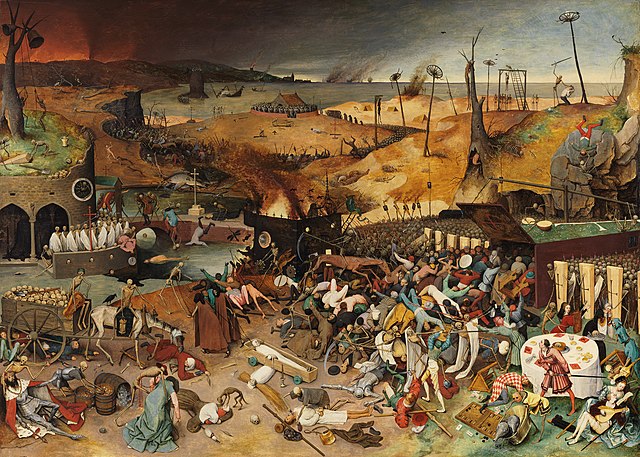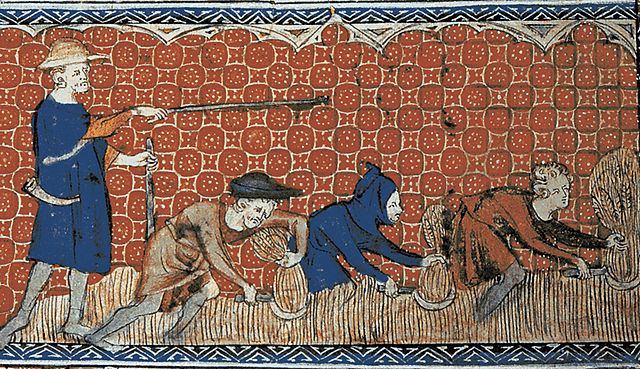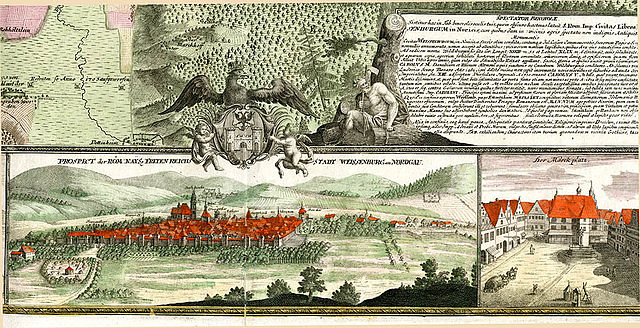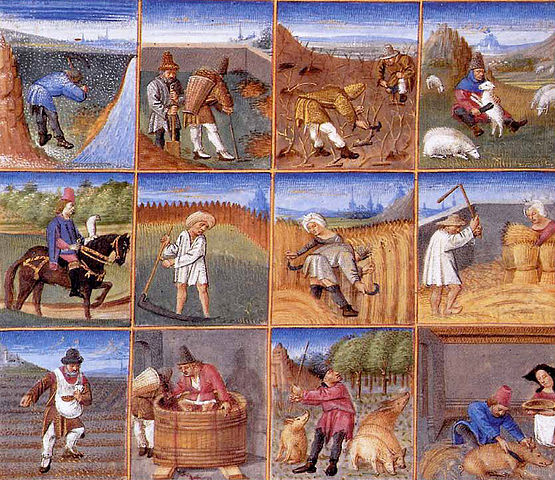
| Further Reading | The 3 Reasons Why The 100 Years’ War Changed History |
From 1346-1353 AD the world saw the deadliest pandemic in human history. Over a short period of 7 years between 75-200 million people died in medieval Europe from a strand of the bubonic plague that today we call the Black Death. This disease caused massive upheaval that impacted the economy of medieval Europe in 3 distinct ways.
Historians generally agree that the Black Death altered medieval Europe’s economy in 3 major ways. First, due to the lack of people the price of labor skyrocketed. Second, a lack of people forced the medieval economy to become more efficient leading to capitalism. Third, the Black Death restructured the agrarian economy across Europe from feudal serfdom into proto-commercial.
The Black Death remains one of the most influential events in history. It only took 7 years for this pandemic to wipe out nearly every major European city and restructure the medieval economy and society.
Here at TheHistoryAce, I strive to publish the best history articles on the internet. If at the end you enjoyed this article then consider subscribing to the free newsletter and sharing around the web.
Without further ado, here are the 3 major impacts of the Black Death on the economy of medieval Europe.
Impact 1: First, Due to the Lack of People the Price of Labor Skyrocketed

One of the major impacts of the Black Death on the medieval economy of Europe was that the price for laborers skyrocketed. This was because there simply were less people than normal.
With between 50-60% of the total population of Europe and the middle east gone it became extremely hard to find people to work in the fields. This was a major problem as during this time the entire medieval economy ran off the large farming estates.
We have surviving primary source evidence from the Islamic medieval middle east that demonstrates that during the Black Death laborer wages went up considerably. With this wage increase came a professionalization of the farming laborer community in large agricultural areas.
With an increase in the cost of wage labor large cities such as around the Mediterranian sea and Europe started to see mass migrations away from dense cities and into rural villages. This further helped to spread the plague away from major cities and into smaller communities.
As a result, the Black Death caused the price of labor to increase drastically. Now employers were having to scramble to find people to work in the fields who were not sick. This completely restructured the power dynamic of the medieval economy.
Now peasants across Europe started to band together to get a primitive form of ‘rights’ by using their labor. As you might imagine this caused strife with local lords and kings. In places such as England, there were formal laws created that attempted to keep working conditions the same during the pandemic as they were before it.
However, this would not last. In England, there was a massive revolt called the peasants’ revolt of 1381 which sought to use their labor to get better working conditions from the king. Across mainland Europe, the scenario was no different.
In France, there was the Jacquerie revolt of 1358. While there were several causes of this revolt a main one was the quality of life that field laborers had. This was spurned on by an imbalance in power between the field owners and the laborers.
Simply put, the Black Death impacted the medieval European economy by causing mass migrations away from cities and causing the price of labor to increase drastically.
Impact 2: A Lack of People Forced the Medieval Economy to Become More Efficient Leading To Capitalism

Most people are not aware of this impact that the Black Death had on Europe’s medieval economy. With fewer people, the medieval economy actually started to become more efficient.
In the century before the Black Death Earth experienced a period of warming. This drastically increased food production in Europe and allowed for farming year-round. A side effect of this was a massive population explosion.
From the 13th century to the middle of the 14th Europe’s population doubled in size. This massive growth was unheard of in western history and resulted in a few major problems. The major problem of this population growth was the concept of the Malthusian Trap.
The Malthusian Trap is an economic model that demonstrates that eventually there won’t be enough jobs, food, or land for people to work in overcrowded environments. Simply put, medieval society could only support so many people before the efficiency of society begins to dwindle.
The Black Death reduced the population size of Europe by about 50% in about 7 years. Suddenly there was enough food, jobs, and land for everybody. On top of this, the medieval economy had to become more streamlined to account for the loss of people. Redundant jobs started to become eliminated and this had a profound effect on the medieval economy.
In the decades after the black death (1360-1400) Europe would begin to experience a consolidation of power and wealth. This resulted in a more efficient medieval economy which primed Europe to begin to transition into the modern era in the middle of the 15th century.
Impact 3: The Black Death Restructured the Agrarian Economy Across Europe From Feudal Serfdom Into Proto-Commercial.

The third impact of the Black Death on the economy of medieval Europe was to put in place the framework of an entire transition from a feudal farming economy to a proto-commercial one.
Before the Black Death the medieval economy was structured around a feudal system of land farming and inhertence. Lords would pass on their aquired lands to their children. On these lands lived serfs and peasents who were tasked with farming the lands and giving a poriton of the goods to the lord in the form taxes.
For the most part this was how the medieval economy ran from 500 AD up until 1350 AD.
This all changed when the Black Death started to ravage Europe. Now entire villlages and fiefs were falling apart from a lack of laboreres. A study done in 2022 indicated that pollen counts of agricultural crops grown during the meideval period dropped by almost half in central and northern Europe during this time.
This indicates that entire estates of lords was being wipped out by the Black Death. The backbone of the medieval economy, the agricultural estate fief, was no longer working. Simply put, the feudal society was begining to collapse.
However, what ended up happening was that the medieval farming economy started to become self sustaining between the years of 1360-1400. This was because of a large shift from feudal farming to proto-comercial. Instead of just farming grains and other food crops farmers began to shift their efforts towards raising cattle, rabbits, deer, and fish for food.
This type of agricultural was proto-comercial because of the ability of a farmer to scale easily. Where before a feudal farm would have to have more workers to get more crops now a farmer could simply get more cows and have them graze. The farmer would in turn travel to the market to sell the milk.
What we are seeing is the Black Death restructuring how the agricultural sector of the medieval economy worked. Now farmers had the capacity to scale their labors and take their goods straight to the market for sale. This was a massive change and laid the foundation for large scale comercial farming that would happen in the coming centuries.
Conclusion
There you have it; just about anything you will ever need to know about how the Black Death impacted the economy of Europe.
In the end the Black Death was a fascinating turning point in European society. Not only did it fundementally change the medieval economy in Europe it also changed society. Historians debate if the Black Death never happend would feudalism have continued into the modern era. Potential students of histroy will find lot’s of topics to research surrounding the Black Death in Europe.
I hope you enjoyed this article. Here at TheHistoryAce I strive to publish the best history articles on the internet. Feel free to sign up for the free newsletter and share around the internet.
Further, you can check out some of the other articles below.
-
The 3 Impacts Of The Black Death On The Economy of Europe

How did the Black Death impact the economy of medieval Europe? Well here are the 3 biggest changes that it brought.


